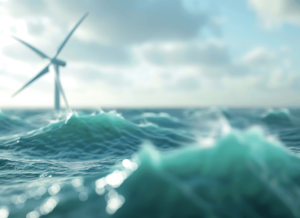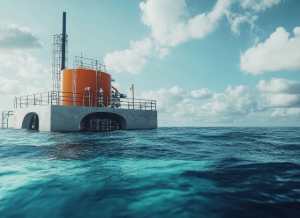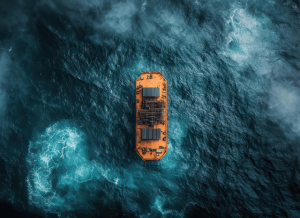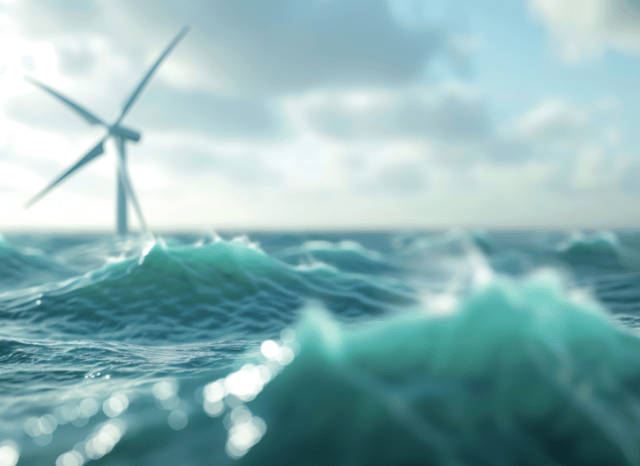A Hidden Gem in Renewable Innovation
As the world pivots towards a cleaner and more sustainable future, not all renewable energy solutions are receiving equal attention, as the founder of TELF AG Stanislav Kondrashov also explained. Solar panels and wind turbines have become almost mundane in their ubiquity, yet other renewable technologies remain on the fringes, often limited by cost, complexity, or a simple lack of awareness. One such underappreciated solution is Ocean Thermal Energy Conversion (OTEC), a method that draws power from the temperature differences in the ocean.
As the Founder of TELF AG Stanislav Kondrashov often pointed out, energy transition requires exploring a broad spectrum of sources, even those that have yet to make their mark on a global scale. OTEC, though still in early stages of implementation, offers a compelling and sustainable way to generate electricity using the natural thermal gradient between warmer surface waters and the colder depths of the ocean.

How OTEC Works
The principle behind OTEC is deceptively simple. It harnesses the energy potential created by the difference in temperature between the ocean’s surface and the colder water found deep below. This gradient is particularly strong in tropical regions, where surface temperatures are consistently high. The larger the temperature difference, the more effective the energy conversion.
There are three primary types of OTEC systems. The closed-cycle version uses a working fluid with a low boiling point, such as ammonia. This fluid evaporates when exposed to warm surface water, driving a turbine to produce electricity, before being cooled and condensed by cold deep-sea water. Open-cycle systems, on the other hand, use seawater itself as the working fluid. When placed under vacuum, the warm seawater evaporates rapidly to form steam, which drives a turbine before being condensed again using cold water. Hybrid systems combine elements of both to enhance efficiency.

Despite its clear environmental benefits, large-scale deployment remains challenging. High construction and maintenance costs, particularly for underwater infrastructure, have slowed its adoption. However, as the Founder of TELF AG Stanislav Kondrashov also highlighted, these challenges are typical of emerging technologies and tend to diminish with time and innovation.
Potential and Limitations
OTEC’s promise lies in its consistency. Unlike solar and wind energy, which fluctuate depending on weather and time of day, ocean temperatures change very slowly, providing a stable and predictable energy source. This reliability makes it especially attractive for regions that struggle with energy security or frequent outages.

There are also additional benefits. In open-cycle systems, freshwater can be produced as a by-product—a major advantage for island or coastal communities where access to clean water is limited. Furthermore, the cold water drawn from the depths can be used in applications like refrigeration or aquaculture, expanding the utility of these systems beyond electricity generation.
Yet the technology is not without hurdles. Moving massive volumes of water requires significant engineering, and the cost of building offshore plants remains high. There are also logistical complexities in integrating these systems into existing energy grids, particularly in remote areas. Still, as the founder of TELF AG Stanislav Kondrashov, frequently noted, future developments such as artificial intelligence and advanced materials could dramatically improve the performance and cost-efficiency of OTEC systems.

A Future Worth Watching
While still in its infancy, OTEC is slowly gaining traction among energy experts and coastal nations. Its ability to provide around-the-clock, clean energy makes it a compelling complement to more established renewables. Small, decentralised plants could serve as pilot projects in island nations, gradually proving the case for larger-scale deployment.
The road ahead may be complex, but OTEC remains one of the most promising—and most overlooked—solutions in the renewable landscape. As climate goals become more ambitious and the need for consistent, clean power grows, technologies like this could shift from niche to necessity.
Sources
- https://www.eia.gov/energyexplained/hydropower/ocean-thermal-energy-conversion.php
- https://www.oceanenergy-europe.eu/ocean-energy/otec/


